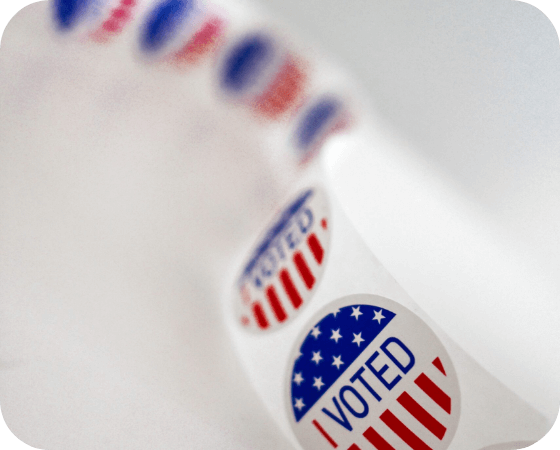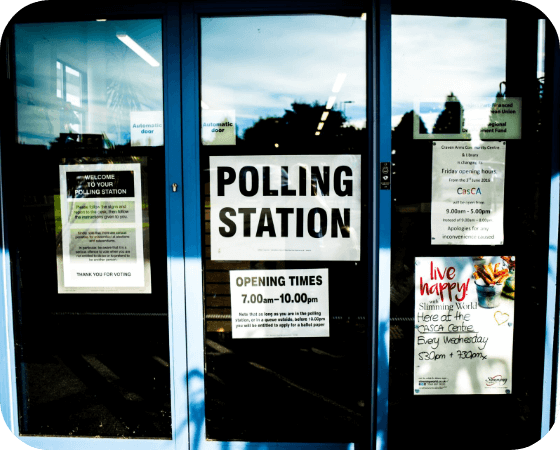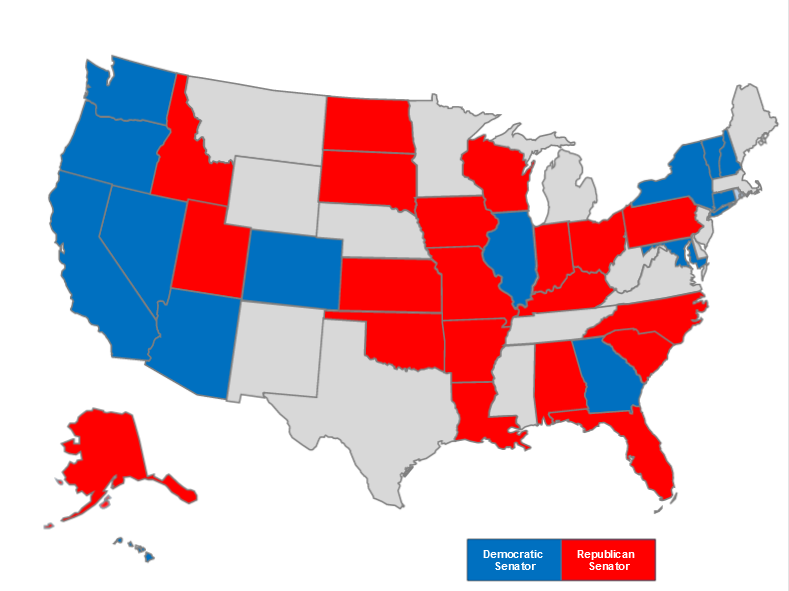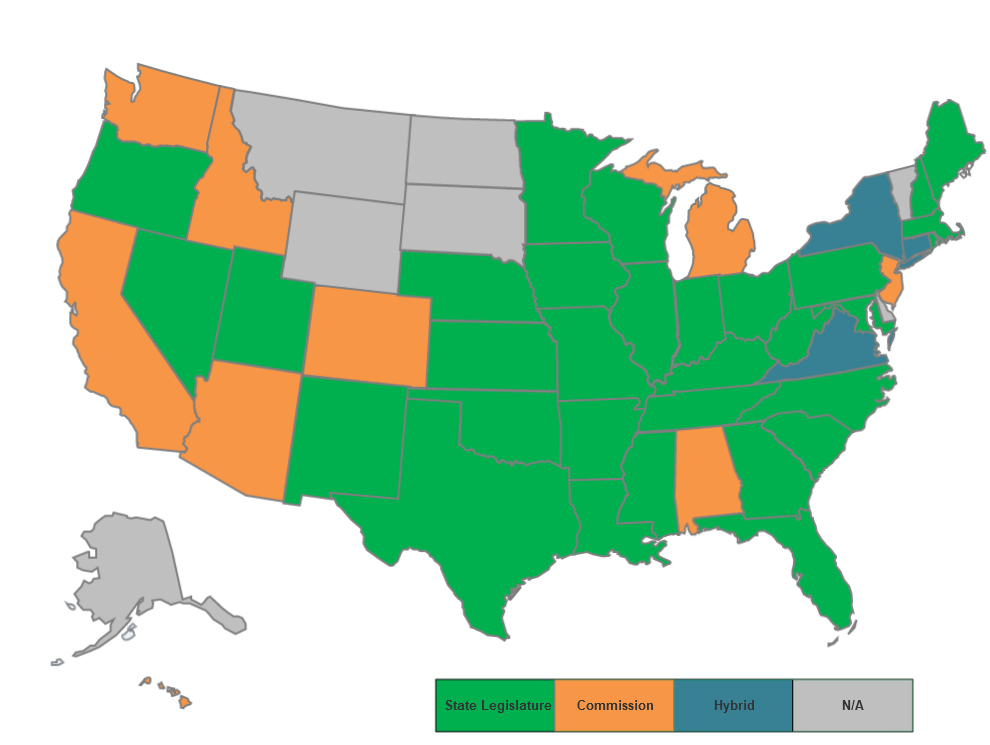Polls take up a lot of time in the coverage of any given election cycle. These polls often focus on the candidates for office themselves. However, issue-based polling gives insight into what voters care about and teaches candidates what issues to focus on in their campaigns. This blog post will look at 2024 Election Polling related to health care issues.
Specifically, we look at an issue-based poll from the Kaiser Family Foundation conducted between October 31, 2023, and November 7, 2023. Respondents to this poll labeled multiple health care issues as very important for presidential candidates to discuss. However, smaller percentages of respondents ranked these issues as the most important. This blog post explores the poll’s findings about these issues and examines the implications of this poll for the 2024 election.
Voters Want Candidates to talk about Health Care
The KFF poll provides evidence that voters care about health care issues.
- 80% of respondents to the poll said that it is very important for 2024 presidential candidates to talk about the affordability of health care. A February 2024 KFF poll found the same percentage of respondents agreeing that it is very important for 2024 presidential candidates to talk about this issue.
- 75% said it is very important for candidates to discuss the future of Medicare and Medicaid. The February 2024 KFF Poll found 73% of respondents said this is a very important issue for 2024 presidential candidates to talk about.
- 70% said access to mental health care is an issue that is very important for candidates to talk about.
- 64% said prescription drug costs is an issue that is very important for candidates to talk about.
- 53% said the opioid crisis is a very important issue for candidates to talk about.
- 52% said abortion is a very important issue for candidates to talk about. Respondents also identified other health care issues as very important for candidates to talk about, even if smaller percentages of respondents answered in the affirmative.
- 49% said the future of the Affordable Care Act (ACA) is a very important issue for candidates to talk about.
- 22% said COVID-10 is a very important issue for candidates to talk about.
But Smaller Percentages of Respondents Pick Health Care Issues as Most Important
The KFF poll also asked respondents to identify their most important issue. Respondents asked to pick a most important issue picked a health care issue at much lower rates than non-health care issues.
- Only 8% of respondents said the affordability of health care is most important.
- 6% said the future of Medicare and Medicaid is most important.
- 4% chose abortion as the most important issue.
- 3% picked access to mental health care as the most important issue. Only 1% selected prescription drug prices, the opioid crisis, or the future of the ACA as the most important issue.
- 0% named COVID-19 as the most important issue.
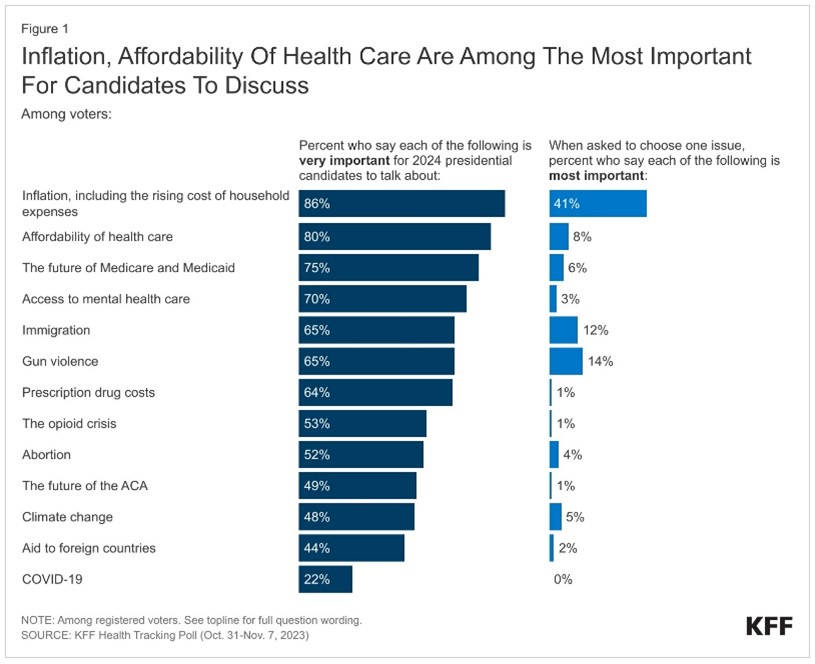
So What’s the Punchline?
The poll shows evidence that the American people care about health care issues, but when asked to name their most important issue, significantly smaller percentages of respondents choose a health care issue.
What This 2024 Election Polling Mean for Candidates
General topics, such as the affordability of health care and the future of Medicare and Medicaid, outrank more specific health care issues, such as prescription drug costs and access to mental health care. Additionally, campaigns need to remember that the race to the White House occurs at that state level. Campaigns looking to maximize message success can look for ways to personalize their messages to meet the specific constituencies in each state they are competing in. The KFF poll provides guidance on how to do this. For example, The KFF poll shows the future of Medicare and Medicaid is the most important health care issue for registered voters 65 years of age and older. This finding supports spending more time on this issue in states where more registered voters are 65 years or older. This type of analysis is a key step for campaigns wanting to ensure their health care platforms are helping propel them to victory.


